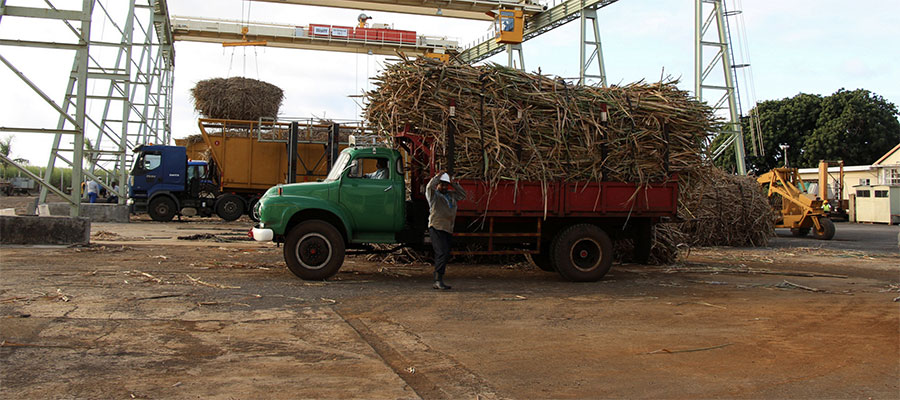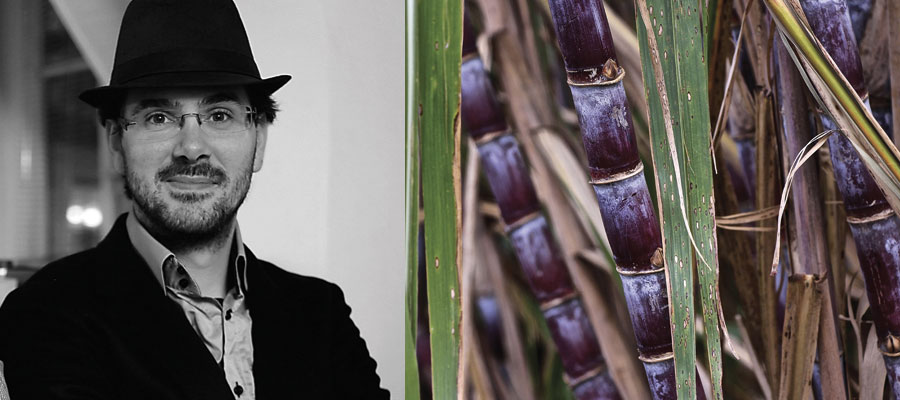It is true that there is a lack of clarity concerning the amount of sugar in certain rums (which could soon be improved by nutritional information labels on spirits), and equally that one often imagines that rum producers use local sugarcane juice, or molasses from local sugar refineries, even though the molasses could, in fact, have come from several thousand kilometres away as many islands no longer have refineries. At France Quintessence, a spirits trade fair, this question arose during the conference on the relevance of the French model in terms of defining production techniques and labelling rum products with AOC or GI (Geographical Indication). We know it is extremely difficult to create new regulations at a European level on such a vast category, but an existing text already defines the mention of geographic location as guaranteeing sugarcane of local origin and an absence of sweeteners.

Therefore, for rums with Geographic Indication (Guadeloupe, Réunion, Malaga, Grenada, Madeira and Guatemala), the use of the term ‘traditionnel’ guarantees an absence of sweeteners, 0 grams of sugar per litre, the same minimum quantity of volatile substances as rhums agricoles (fermentation and distillation which produces a rum naturally rich on leaving the column) and finally a distillation at under 90% volume (which excludes blends of very rich rums with light rums). Moreover, all base materials must be local, whether juice, syrup or molasses.
While the majority of the producers from the French-speaking world use the word ‘traditionnel’ to describe molasses rums, it is, unfortunately, a common error. But here’s the catch: This provision shall not affect the use of the word ‘traditionnel’ for all products not covered by this provision, according to their own specific criteria. So what if one rightly demanded an extension of this to all rums marketed in Europe? Producers from the Caribbean and elsewhere could thus guarantee the use of local base materials, from the sugarcane fields on the island or archipelago concerned, the absence of sweeteners and an aromatic richness thanks to traditional fermentation and distillation techniques. The use of ultramodern columns created in the 1930s for the production of light rums (and ethanol) mainly designed for cocktails and blends would therefore not permit the use of the label ‘traditionnel’. Otherwise – and this is the tendency being seen with the extension of GI to non-EU countries such as Guatemala – it is expected that producer countries will create a GI to respond to the European criteria. Venezuela prides itself on having its own DOC (controlled designation of origin). Cuba has created its own Geographical Indication. Barbados has been working on one since at least 2011. Brazilian cachaça has taken great strides in its regulation, classification (artisan or industrial, sweetened or unsweetened, etc.) and protection. Jamaica has a legal arsenal at its disposal. And, Mauritius could follow suit. All that remains is for them to finalise their specifications and to put forward their requests for recognition to the EU!
In this way, we will have a better understanding of the specificities of each origin and its types of rums, and thanks to the ‘traditionnel’ label, the absence of sweeteners and a fermentation/distillation process producing a rum naturally rich in aromas would be guaranteed. Then, objectively, it will be easier to control the exact percentage of alcohol through independent laboratory analyses, as well as the level of obscuration and sweetening and the amount of non-alcohol. This is the perfect guarantee for the consumer, who should be systematic and whose pronounced aromatic skills should help to unmask excessive flavouring (the lightest are in reality almost undetectable). So, what do you think about Geographic Indications and their specifications, and the label ‘rhum traditionnel’? Because, without clear and precise legislation, a more-or-less pertinent classification is merely one view and provides no guarantee above the claims of the producer. More legislation does not solve everything, but does allow producers to fight on an even battlefield on the European market, if serious and systematic controls are put in place.


